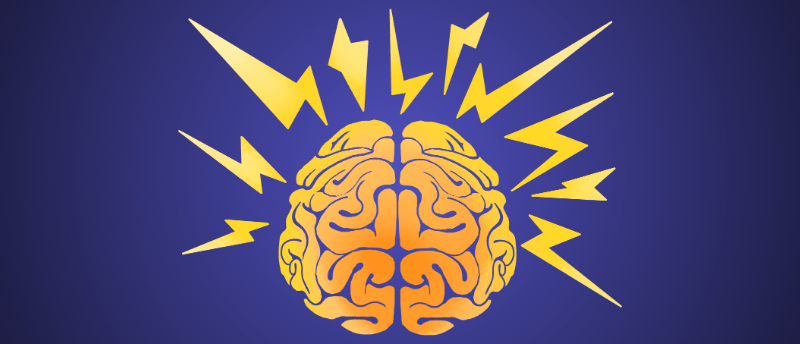Light therapy shows promise for treating traumatic brain injury

Near-infrared light therapy has reduced inflammation and improved recovery in a mild traumatic brain injury rat model.
Mild traumatic brain injury (mTBI) is a serious condition for which there are currently very few, if any, effective treatments. Now, researchers from the University of Birmingham (UK), led by senior author Zubair Ahmed, have built on previous research to show that near-infrared light therapy can reduce damaging inflammatory processes in the brain and improve functional recovery post-injury in a rat model of mTBI, potentially offering a new therapeutic avenue for the condition.
TBI is a significant global health issue and a common cause of death and disability, especially among young people. Even mTBI can result in disabling symptoms, such as headaches, dizziness and depression, which persist for longer than 6 months in over 50% of people who experience mTBI. The challenge with mTBI is the complex set of inflammatory changes that occur in the brain post-injury, which can dramatically worsen outcomes.
Ahmed and his team have been working to address these issues and, in a study published earlier this year, showed that delivering near-infrared light directly to the site of spinal cord injury both improves the survival of nerve cells and stimulates new nerve cell growth.
Further exploring these findings, the team set out to see if transcranial delivery of near-infrared light would have a similar effect on mTBI. The researchers used a laser to deliver daily 2-minute bursts of infrared light at wavelengths 660nm, 810nm or 660/810nm combined for 3 days post-injury in an mTBI rat model. They then used novel object recognition (NOR) and beam balance tests to assess functional recovery, and histology and immunohistochemistry to assess the effect on mTBI neuropathology.
Light therapy at all wavelengths significantly improved functional recovery, with 810nm having the greatest effects. Immunohistochemistry showed that the therapy also reduced astrocyte and microglial activation, which are implicated in the inflammatory processes in the brain, and reduced the apoptosis marker cleaved caspase-3, which is an indicator of cell death.
This study showed that light therapy could have a neuroprotective effect against the inflammatory processes that occur after brain injury and improve recovery outcomes.
On the future perspectives of the project, senior author Zubair Ahmed commented, “We want to develop this method into a medical device that can be used to enhance recovery for patients with traumatic brain or spinal cord injury, with the aim of improving outcomes for patients.”